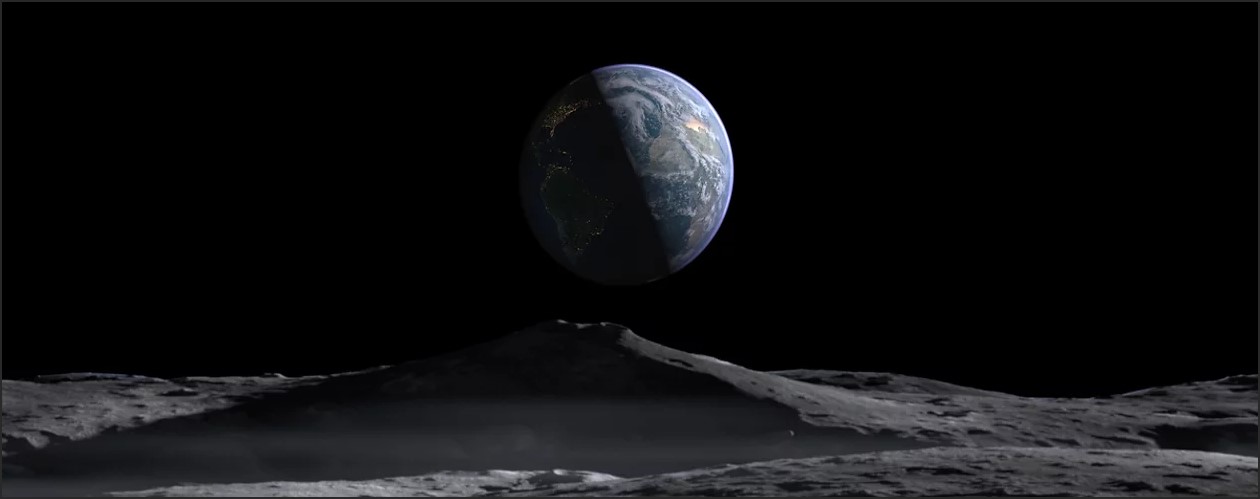
Lonestar Data Holdings, based in St. Petersburg, Fla., is closing $5 million in seed funding toward its goal of creating the ultimate in data-storage disaster recovery — with server farms located in lava tubes on the Moon.
The company has signed contracts to launch prototype demonstrations of its capabilities aboard lunar landers by the end of 2022. Lonestar will run a software-only test, storing a small big of data on an Intuitive Machines lander under NASA’s Commercial Lunar Payload Services program. The mission is expected to last one lunar day, or two Earth weeks.
A second launch scheduled for 2023 will send an Intuitive Machines lander to the Moon’s South Pole to drill for ice. Included in the package will be Lonestar’s first hardware prototype: a one-kilogram storage device, the size of a hardback novel, with 16 terabytes of storage, reports The Register.
The dream of CEO Christopher Stott is to provide the Disaster Recovery as a Service against catastrophic Earth disasters. (The article does not specify what kind of disasters he has in mind, but one can conjecture possibilities ranging from cyber sabotage to nuclear war.) He envisions banks of servers located in the lava tubes sheltered from the sun’s radiation and buffered from extreme temperature swings on the Moon’s surface, which can range from w22.8° Fahrenheit during the day to -297.4° during the lunar night.
If early tests prove the viability of operating in the lunar environment, Stott plans future missions to launch servers capable of holding five petabytes of data by 2025, and 50 petabytes by 2026. By then he hopes the datacenter will be able to host traffic to and from the Moon at rates of 15 Gigabits per second beamed from a series of antennas.
How will Lonestar place its servers into the lava tubes? “Robots… Lots of robots,” he says.
